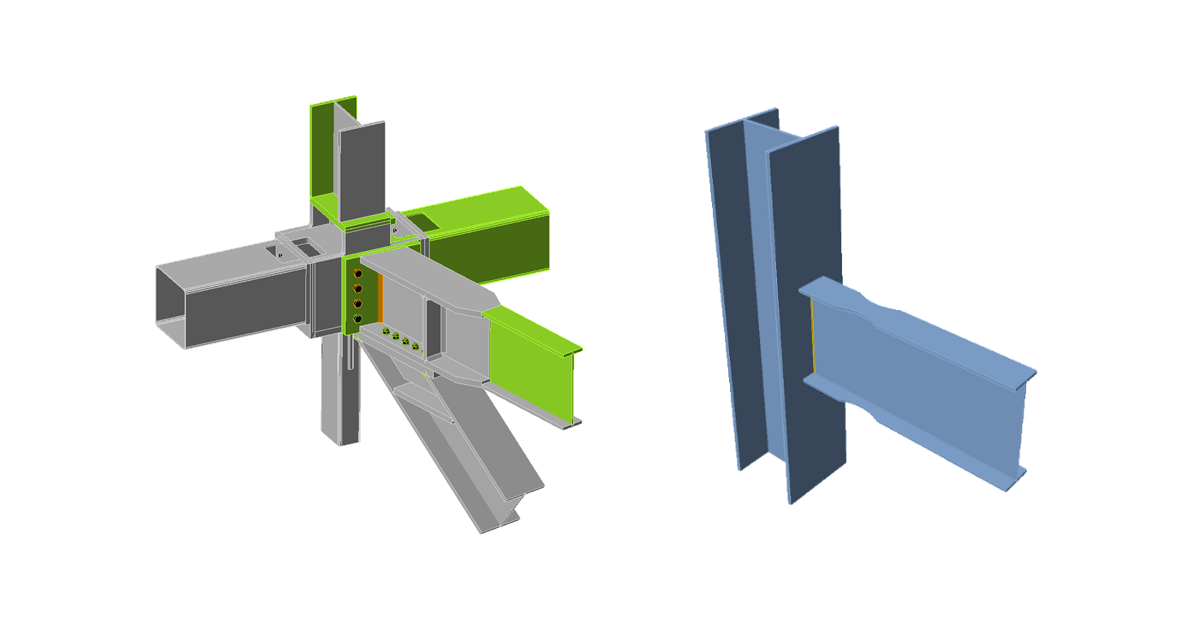Knihovna článků
Classification according to stiffness for Indian standard
Ocel
IS (Indie)
CBFEM
Rotační tuhost
Connection
Joints are classified according to their moment stiffness according to Eurocode.
Joints are classified according to joint stiffness to:
- Rigid – joints with insignificant change of original angles between members,
- Semirigid – joints which are assumed to have the capacity to furnish a dependable and known degree of flexural restraint,
- Pinned – joints that do not develop bending moments.
Joints are classified according to the EN 1993-1-8 – Cl. 5.2.2.
- Rigid – \( \frac{S_{j,ini} L_b}{E I_b} \ge k_b \)
- Semirigid – \( 0.5 < \frac{S_{j,ini} L_b}{E I_b} < k_b \)
- Pinned – \( \frac{S_{j,ini} L_b}{E I_b} \le 0.5 \)
where:
- Sj,ini – initial stiffness of the joint; the joint stiffness is assumed linear up to the 2/3 of Mj,Rd
- Lb – theoretical length of the analyzed member; set in member properties
- E – Young's modulus of elasticity
- Ib – moment of inertia of the analyzed member
- kb = 8 for frames where the bracing system reduces the horizontal displacement by at least 80 %; kb = 25 for other frames, provided that in every storey Kb/Kc ≥ 0.1. The value of kb = 25 is used unless the user sets "braced system" in Code setup.
- Mj,Rd – joint design moment resistance
- Kb = Ib / Lb
- Kc = Ic / Lc


